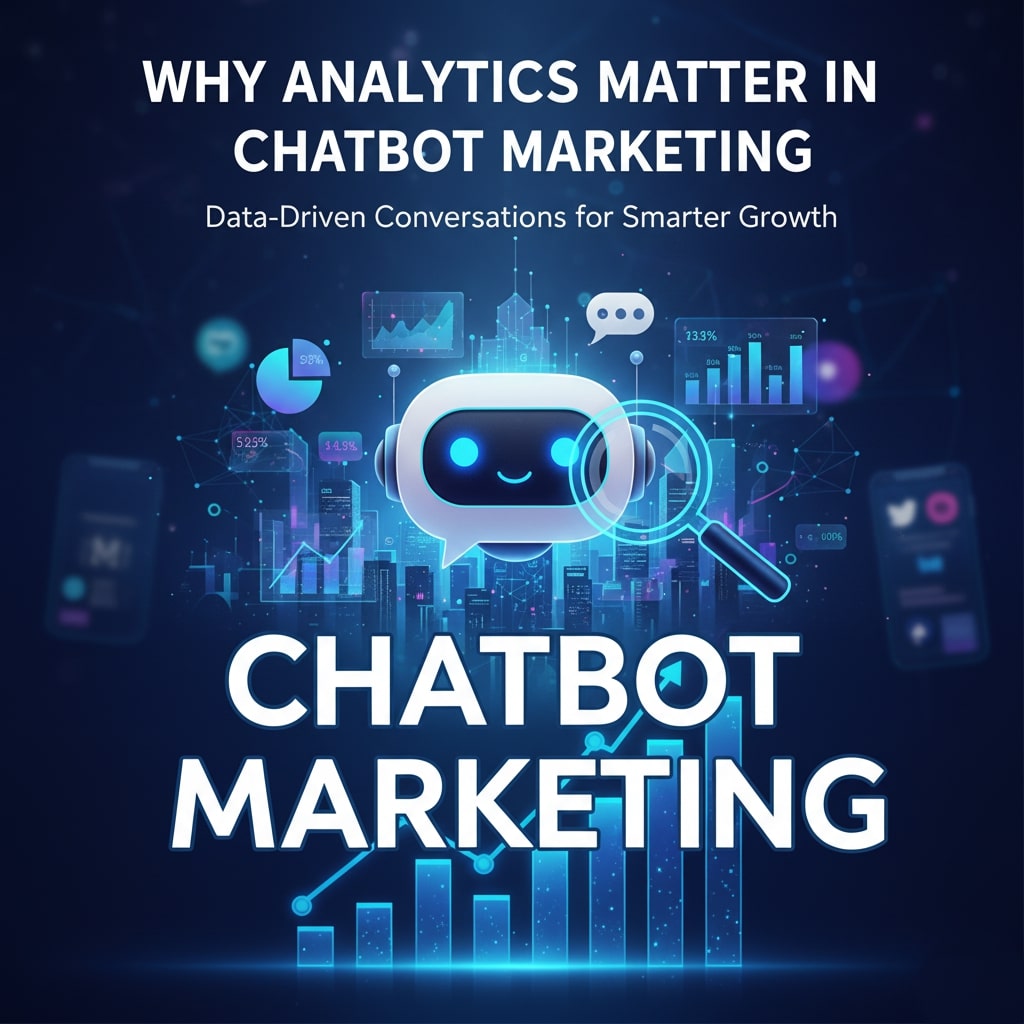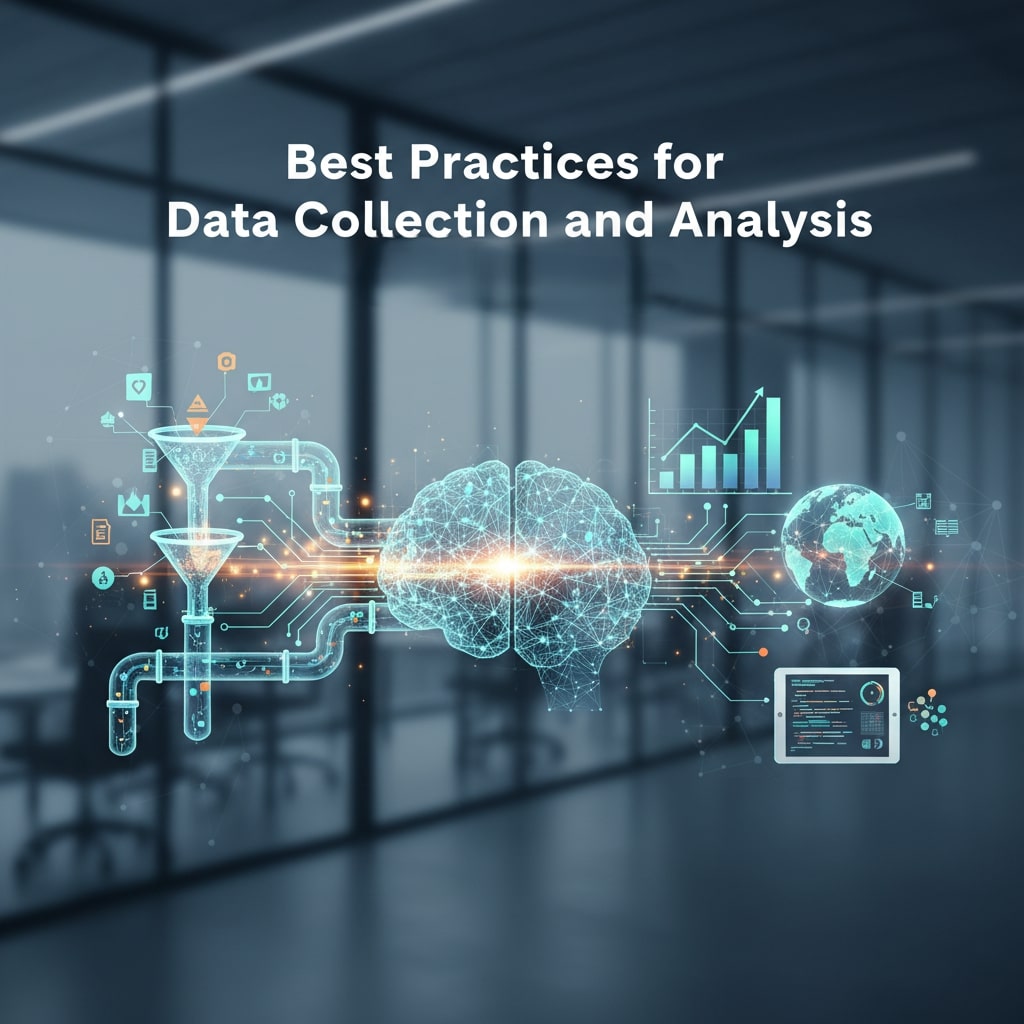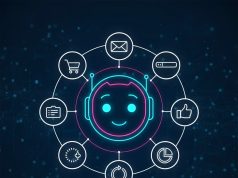In today’s fast-paced digital landscape, chatbots have become indispensable tools for brands looking to engage customers 24/7. But launching a chatbot is only half the battle. To truly harness their power, marketers need to dive deep into data and analytics. In this post, we explore how chatbot marketing analytics can transform your campaigns, the key metrics you must monitor, and practical steps for measuring ROI and optimizing performance.
Why Analytics Matter in Chatbot Marketing

Without measurable data, it’s impossible to know whether your chatbot is delivering value. Analytics help you understand user behavior, identify friction points, and gauge overall effectiveness. By tracking interactions, conversions, and engagement patterns, you can:
- Refine conversation flows to boost user satisfaction
- Allocate resources to high-impact features
- Demonstrate clear ROI to stakeholders
Key Performance Metrics to Track
To build a data-driven chatbot strategy, focus on these essential metrics:
1. Conversation Volume
Total number of user-chatbot interactions. A rising volume indicates growing adoption, but you’ll need to pair it with quality metrics to ensure meaningful engagement.
2. Engagement Rate
Percentage of visitors who interact with your chatbot. High engagement suggests that users find the bot helpful or intriguing. If rates are low, consider updating your welcome message or user prompts.
3. Completion Rate
Measures how many conversations reach a predefined goal—such as booking an appointment or capturing an email. This is a direct indicator of chatbot efficacy in driving conversions.
4. User Retention
Tracks repeat interactions over time. Loyal users who return indicate that your chatbot offers genuine value and a positive experience.
5. Resolution Time
Average duration taken to resolve user queries. Faster resolution times lead to better user satisfaction and free up human agents for more complex tasks.
6. Customer Satisfaction (CSAT)
Collected via post-interaction surveys, CSAT provides direct feedback on user experience. Regularly review comments to spot usability issues and improve conversational tone.
Top Tools and Platforms for Chatbot Analytics
Several platforms offer robust analytics dashboards tailored for chatbot marketers. Key options include:
- Dialogflow Analytics – Google’s analytics suite provides detailed intent tracking and session analysis.
- Microsoft Power Virtual Agents Analytics – Integrated with Power BI for advanced reporting and custom visualization.
- Chatfuel Insights – Offers real-time metrics on subscriber growth and engagement for Messenger bots.
- Botanalytics – A specialized platform supporting multi-channel bots with funnel visualization and sentiment analysis.
- Custom Dashboards – By exporting data to Google Analytics or a BI tool, you can build tailored reports to align metrics with your broader KPIs.
Best Practices for Data Collection and Analysis

Implementing analytics isn’t just about selecting a tool—it’s also about following proven processes to ensure data quality and actionable insights:
1. Define Clear Objectives
Before tracking metrics, outline your business goals. Are you aiming to increase lead generation, improve support efficiency, or boost sales? Each goal demands a different set of KPIs.
2. Map Conversation Funnels
Just like web funnels, chatbot funnels show where users drop off. Identify high-exit nodes in your dialogue to streamline flows and reduce friction.
3. Segment Your Audience
Not all users have the same needs. Use attributes and custom variables to segment by demographics, purchase history, or engagement stage. Tailored analytics reveal deeper insights.
4. Regularly Audit Intents
Monitor unrecognized queries and low-confidence matches. Updating your intent library ensures higher resolution rates and better user satisfaction.
5. Integrate with CRM and BI Systems
Sync chatbot data with your customer relationship management (CRM) and business intelligence (BI) tools. A unified view of customer interactions strengthens strategic decisions.
Case Studies: Real-World Success Stories
Learning from peers can inspire your own chatbot marketing strategy. Here are two examples of brands that nailed analytics:
Brand A: E-Commerce Retailer
By tracking completion rates and abandonment points in the checkout flow, Brand A optimized its chatbot prompts. The result? A 25% increase in assisted sales and a 40% drop in cart abandonment for users interacting with the bot.
Brand B: SaaS Provider
With a focus on resolution time and CSAT, Brand B revamped its support bot. They introduced smart escalation rules and proactive follow-ups. Within three months, average resolution time fell by 30% while satisfaction scores rose above 90%
Implementation Roadmap
Ready to launch or refine your chatbot analytics program? Follow these steps:
- Set Goals – Align chatbot objectives with overall marketing and support KPIs.
- Choose Tools – Select an analytics platform or integrate with existing systems.
- Instrument Tracking – Embed event tags, custom parameters, and survey triggers in your bot framework.
- Test and Validate – Run pilot campaigns to verify data accuracy and identify gaps.
- Analyze and Optimize – Review dashboards weekly, iterate on dialogues, and fine-tune based on user feedback.
- Report and Scale – Share insights with stakeholders and expand successful use cases across departments.
Conclusion
Chatbot marketing is only as powerful as the insights you extract. By mastering analytics and keeping a close eye on performance metrics—conversation volume, completion rates, CSAT, and more—you can continually refine your bot, boost engagement, and prove tangible ROI. Follow the best practices and implementation roadmap outlined here to transform raw data into actionable strategies and stay ahead in the competitive world of chatbot marketing.









